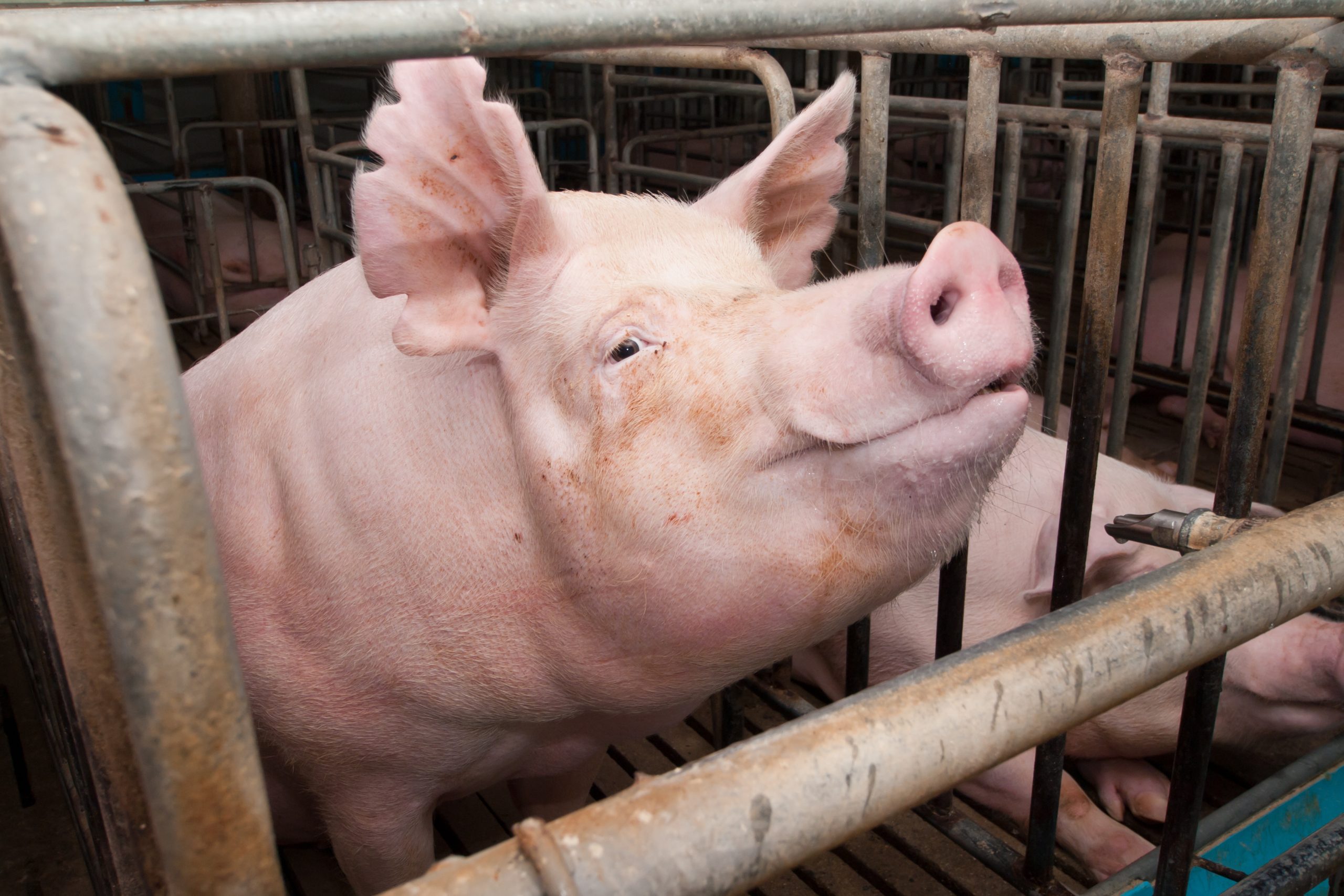
November 03, 2021
The outlook for forward hog margins is less optimistic than it was even a month ago following the release of the USDA’s September Hogs & Pigs report. The surprising data indicating there were fewer pigs than what the market anticipated produced a bullish response in the futures market, although that soon faded as the calendar turned over to October. Spot December Lean Hog futures subsequently dropped about $13/cwt., and despite a recent bounce remain below the level we were trading prior to that quarterly report. Factors including a concern over labor shortages that could impact processor capacity in the winter months when it is needed the most as well as a significant slowdown in pork export sales to China recently have in part been attributed to the recent slump.
Meanwhile, feed costs have crept higher despite what generally have been better than expected yield results for both corn and soybeans as harvest winds down. Strong corn demand from the ethanol sector as margins swell to multi-year highs have supported the spot market, while concerns over South American weather and high fertilizer prices potentially reducing corn acreage in the U.S. next spring are adding premium further out on the curve. As a result of pressure from both lower hog prices and higher projected feed costs recently, forward margins have deteriorated over the past month and are only about average from a historical perspective looking back over the past 10 years. (Figure 1)
Figure 1 – Hog Margins (Q4 2021 – Q3 2022)

Focusing on either the spot Q4 or upcoming Q1 marketing periods, where margins are currently negative, there have been ample opportunities over the past several months to protect historically strong profitability and well above average margins. In fact, Q4 margins briefly breeched the 90th percentile of the past decade following the September Hogs and Pigs report, with projected profitability at $7.89/cwt. on September 30th (Figure 2). This followed a series of opportunities to protect at least 80th percentile margins going back to the middle of May. While it is obviously too late to do anything about protecting Q4 margins now that the marketing period is almost half over, there may be upcoming opportunities to address risk further out in 2022 if the margin landscape improves.
Figure 2 – Q4 2021 Hog Margin

In order to take advantage of these opportunities however, it is important to know where your margins are at. By taking account of your various input costs and expenses, and projecting hog sales revenue against those, you can begin tracking forward profitability and put that into a historical context. This will allow you to objectively determine favorable opportunities to initiate margin protection and shield your operation from either rising feed costs or declining hog prices.
While no one can know for certain what the markets will do as we move forward in time, it is probably safe to say that we can expect more volatility given increased uncertainties. Will China begin to see sow liquidation due to depressed prices and negative margins? Are there going to be less corn acres next spring because of high input costs? Is South America going to have a drought during their growing season? If strong demand continues from the ethanol sector, is it possible that the balance sheet may end up being much tighter than what the market expects?
Looking again at the graph of Q4 hog margins in Figure 2, you will notice that there has been quite a bit of volatility over the past six months. Margins have ranged from over $7.50/cwt. positive to about $5/cwt. negative since the middle of April. Swings in both hog prices and feed input costs have led to these changes in projected profitability, and this volatility creates opportunities. In addition to signaling beneficial times to initiate margin coverage, these price swings also allow for opportunities to improve existing margin protection. Examples of this include reducing cost in hedging strategies, creating more price flexibility in hedge positions, cutting exposure to performance bonds, and taking equity out of positions.
Moreover, with recent improvements to the LRP program and new alternatives like the CME’s pork cutout contract, there are now a variety of ways that margin protection can be established and more opportunities to create complimentary or supplemental positions once this protection is put in place. Regardless of the tools used, the main point is to have a plan and be disciplined with following through on that plan. Does your operation have triggers in place to establish coverage in forward time periods? Do you anticipate what types of supplemental strategies might allow you to improve on that coverage over time?
Figure 3 – Q4 Hog Margin 10-Year Seasonal

Figure 3 displays the seasonal tendency for Q4 margins over the past 10 years. The recent spike in margins to above the 90th percentile corresponds to a typical period of strength where margins seasonally peak at the 85th percentile by the first week of October. A secondary period of strength typically occurs from mid-January to mid-April (highlighted by the green bars), suggesting that producers be ready to execute on possible opportunities that may show up into that period. Similar approaches could be taken for other periods such as Q2 and Q3 2022.
Inventorying your costs and revenues to project forward margins and putting a plan together that will allow your operation to take advantage of opportunities once they arise can put your operation in a better position to be competitive. Now more than ever, it is important to be proactive in managing forward profitability. Please feel free to contact us with questions on how to create a margin management plan and take change of your bottom line.